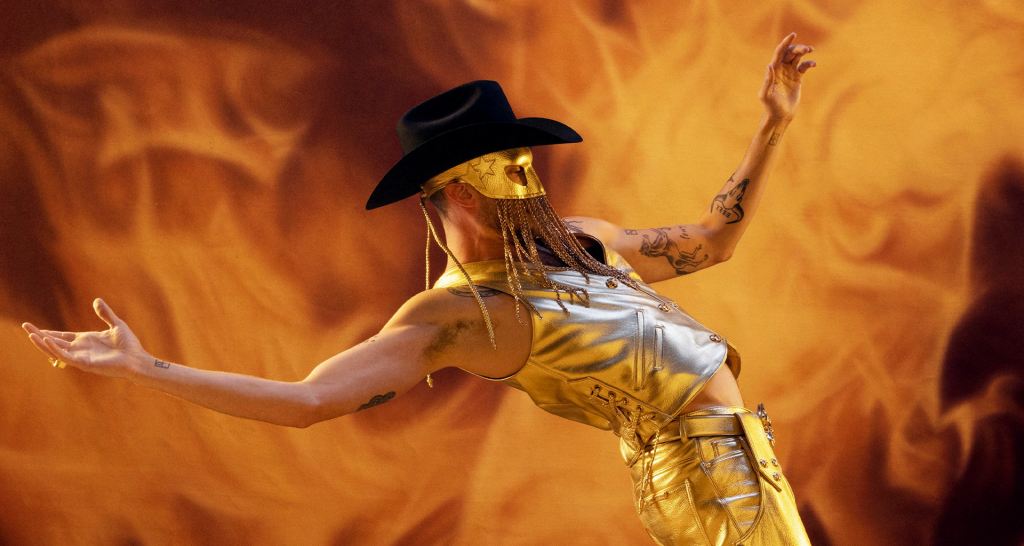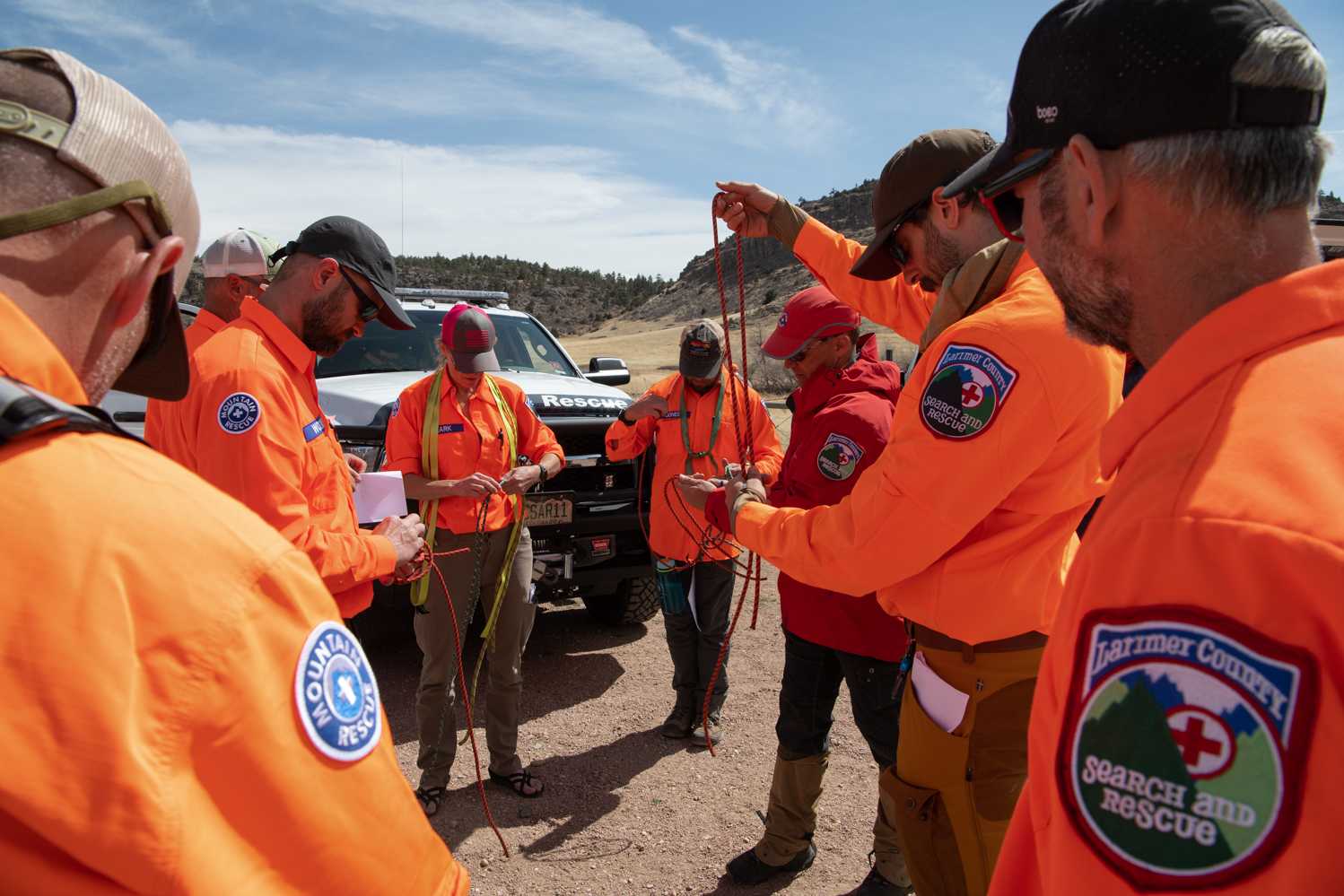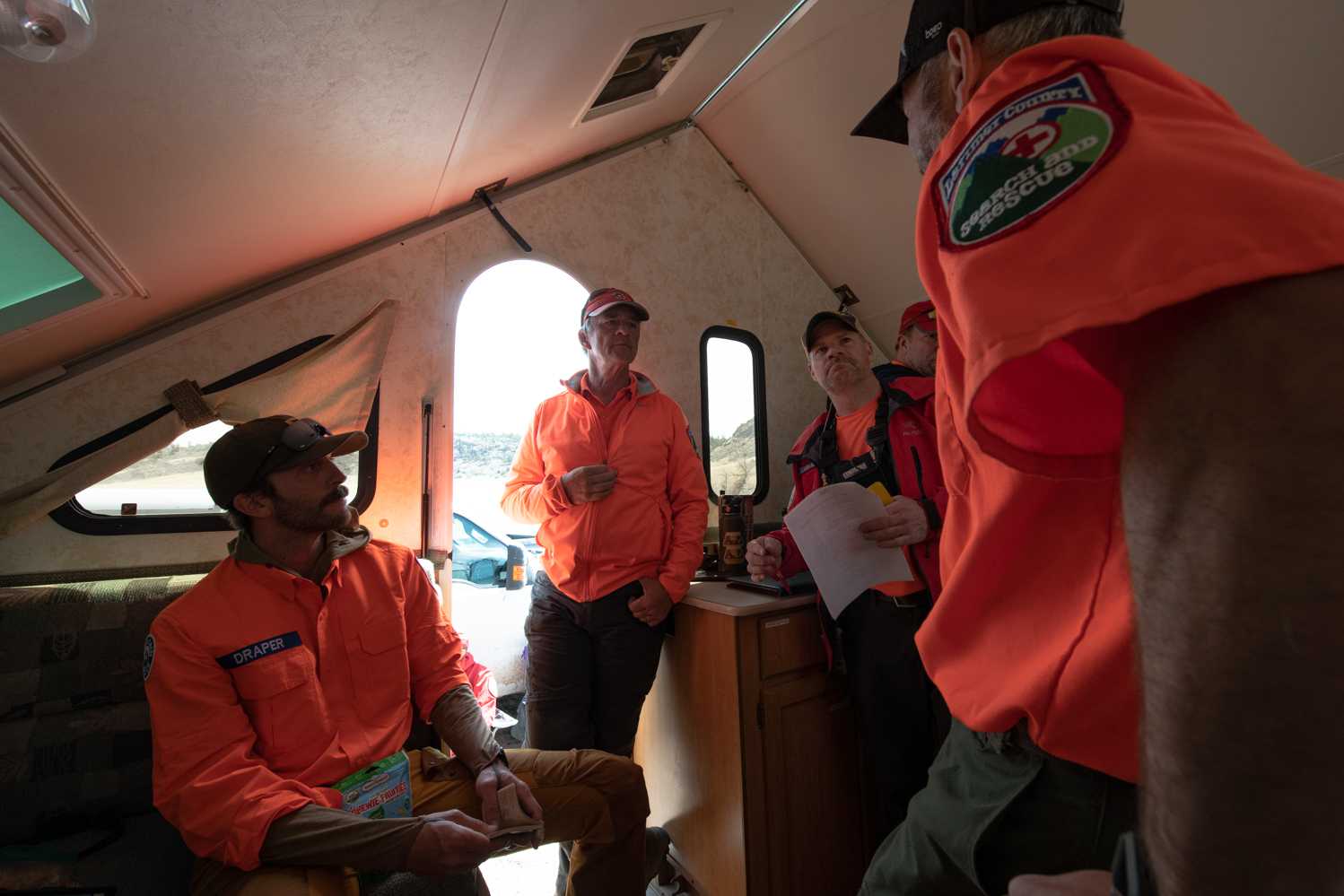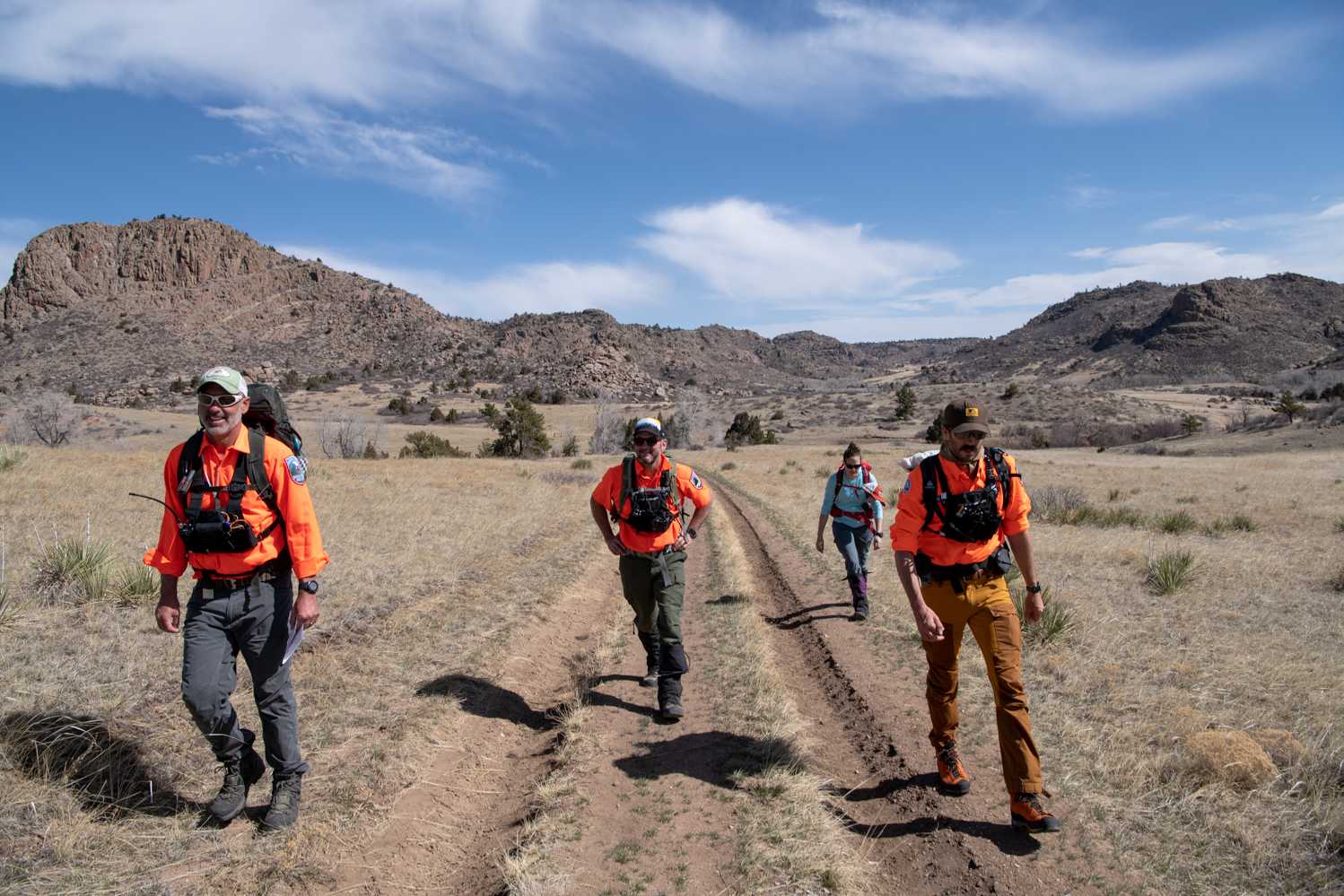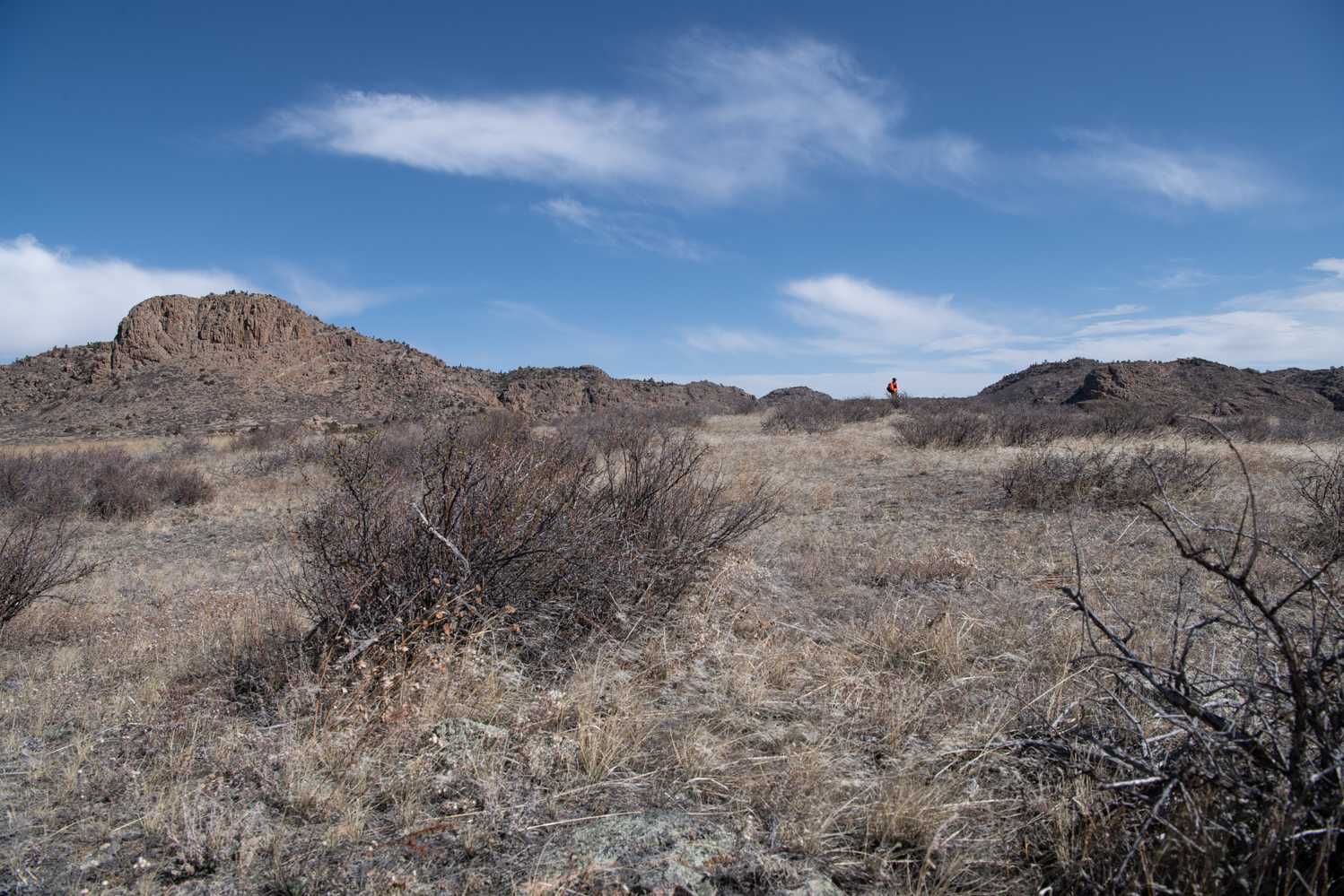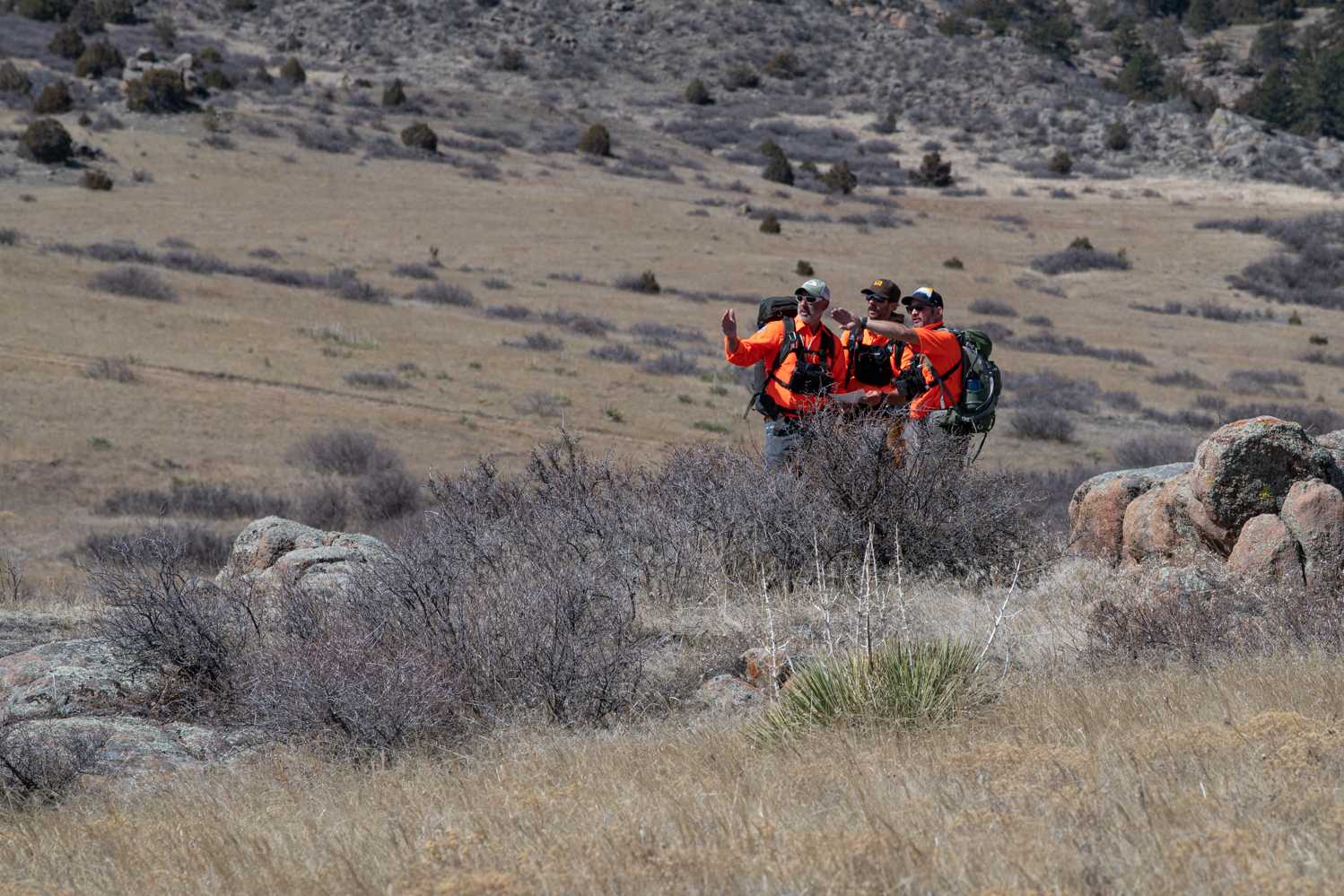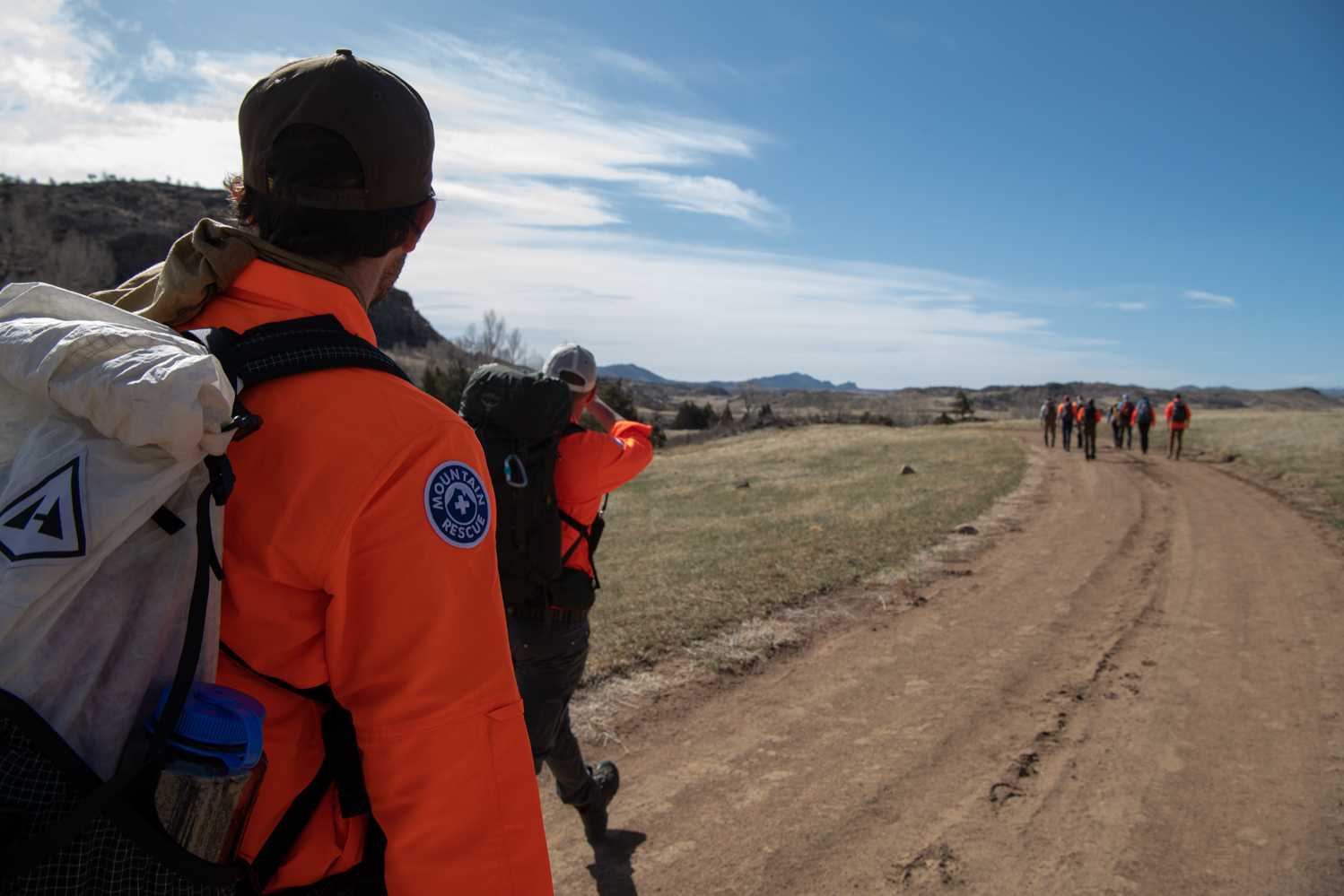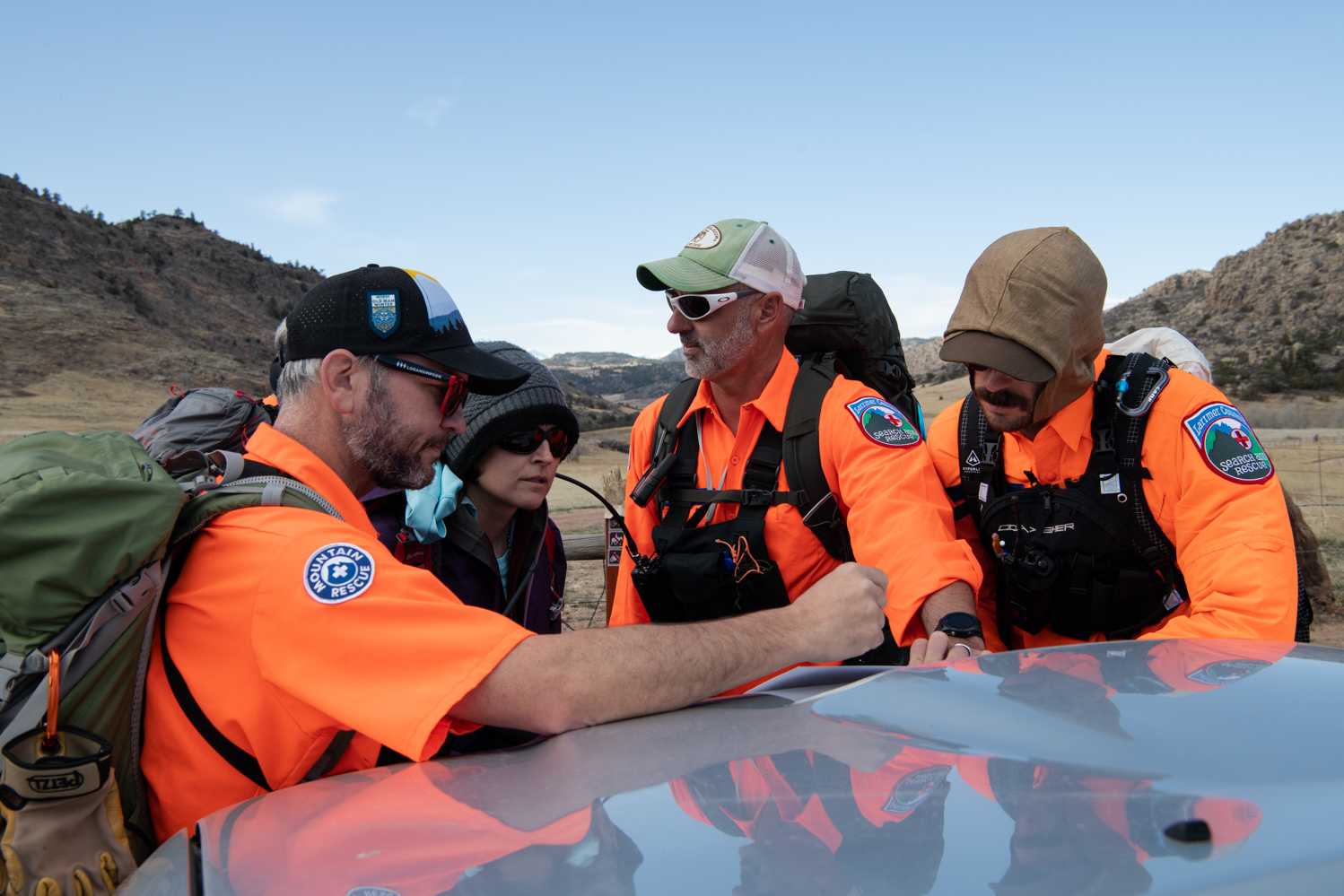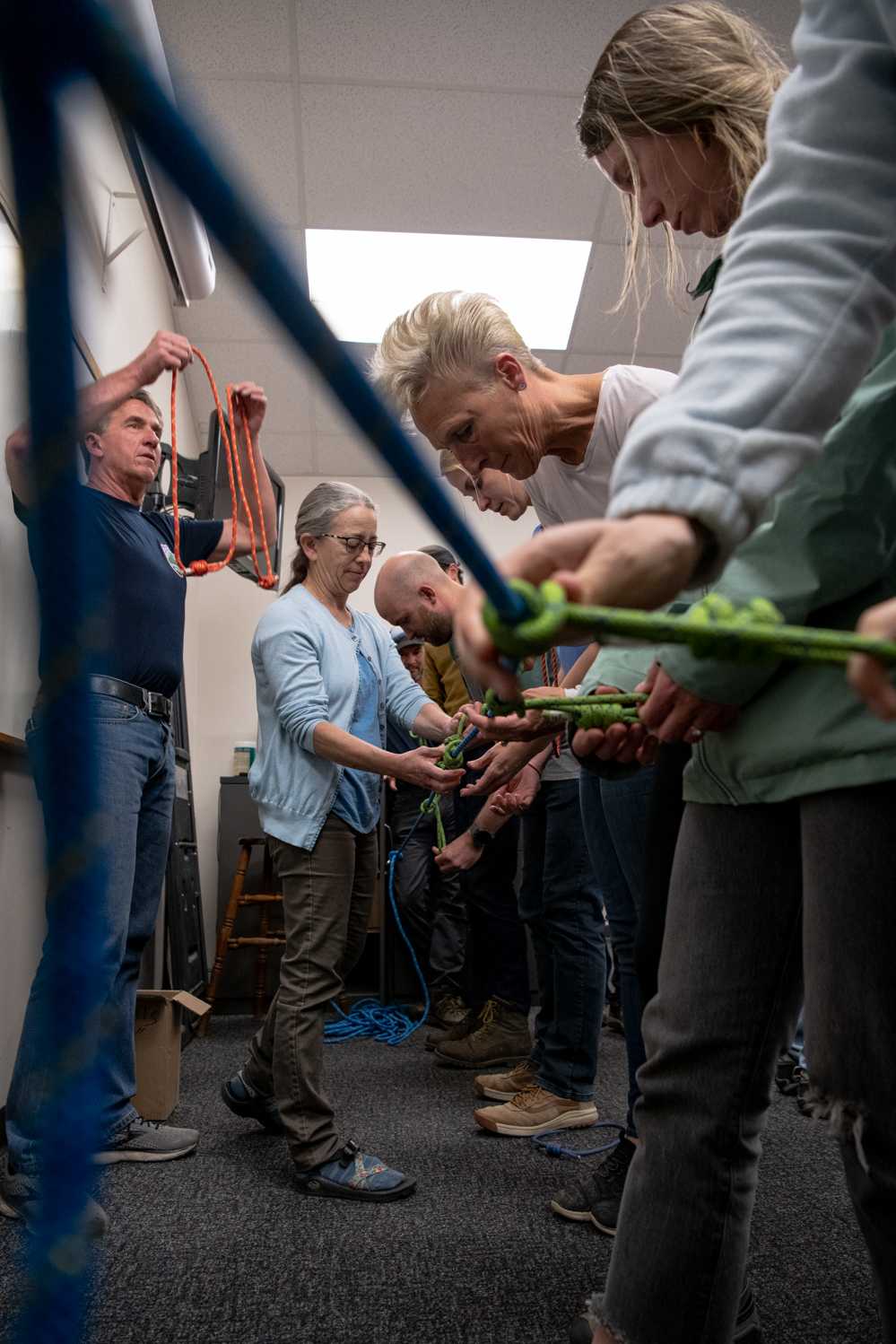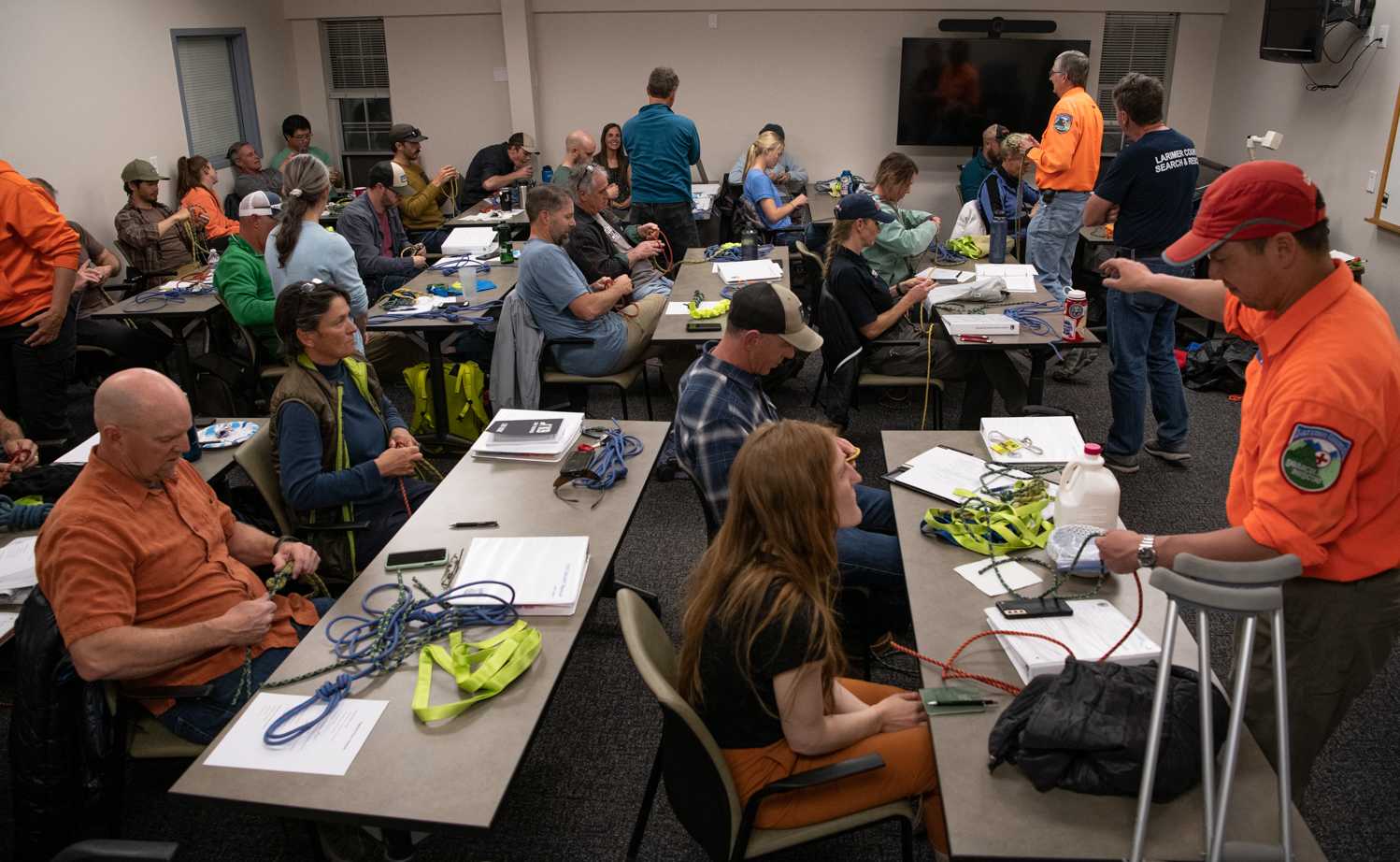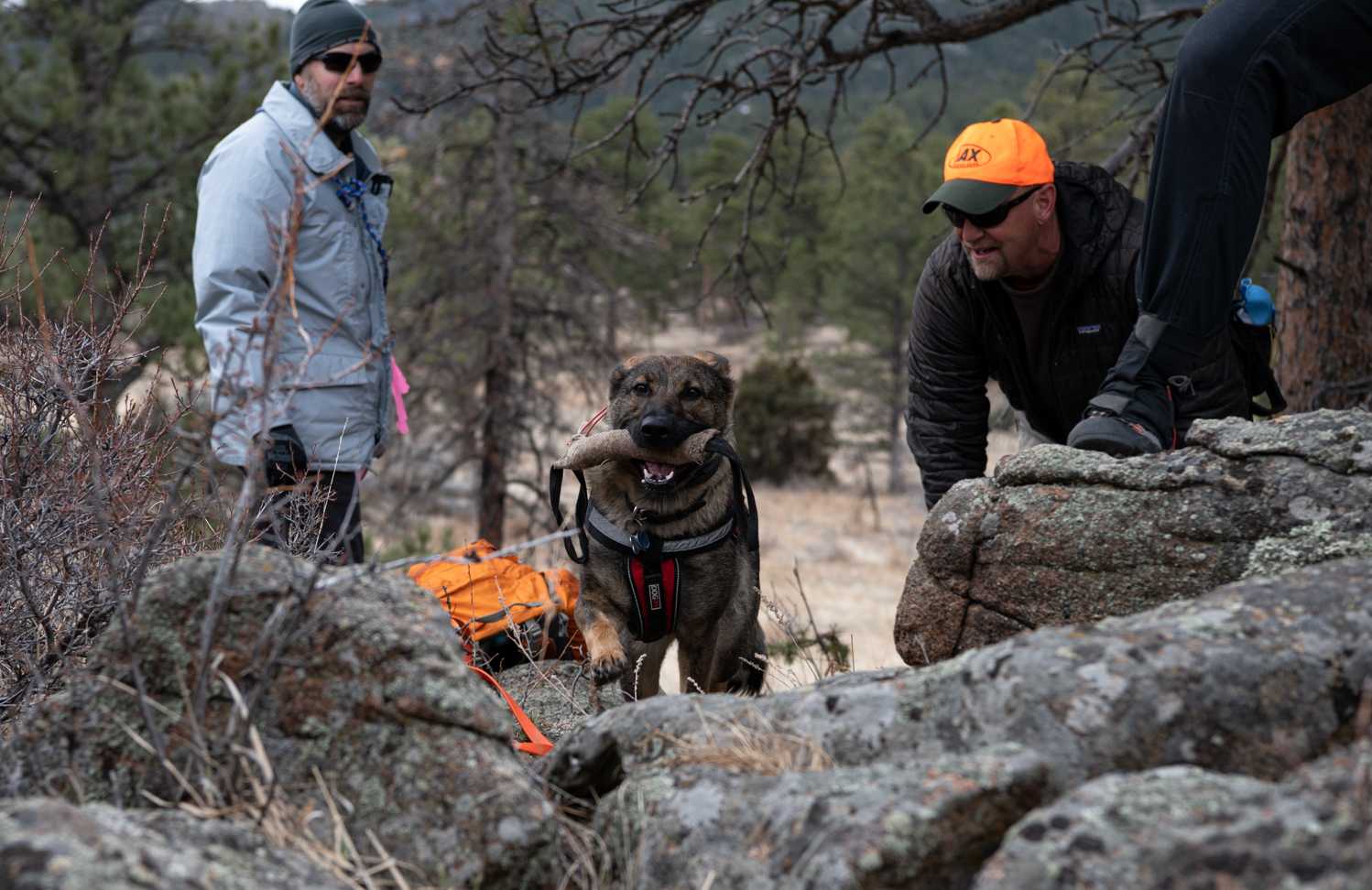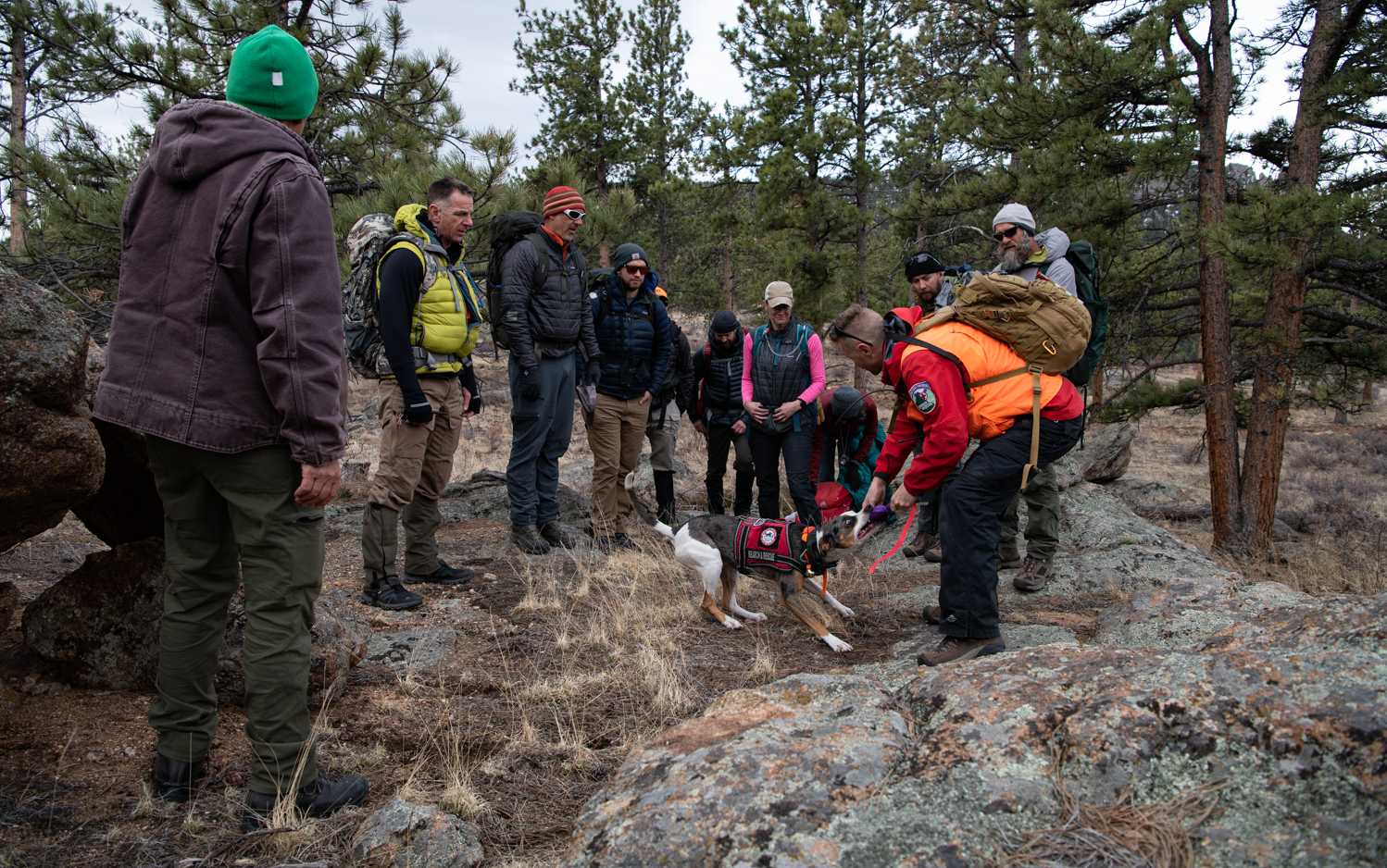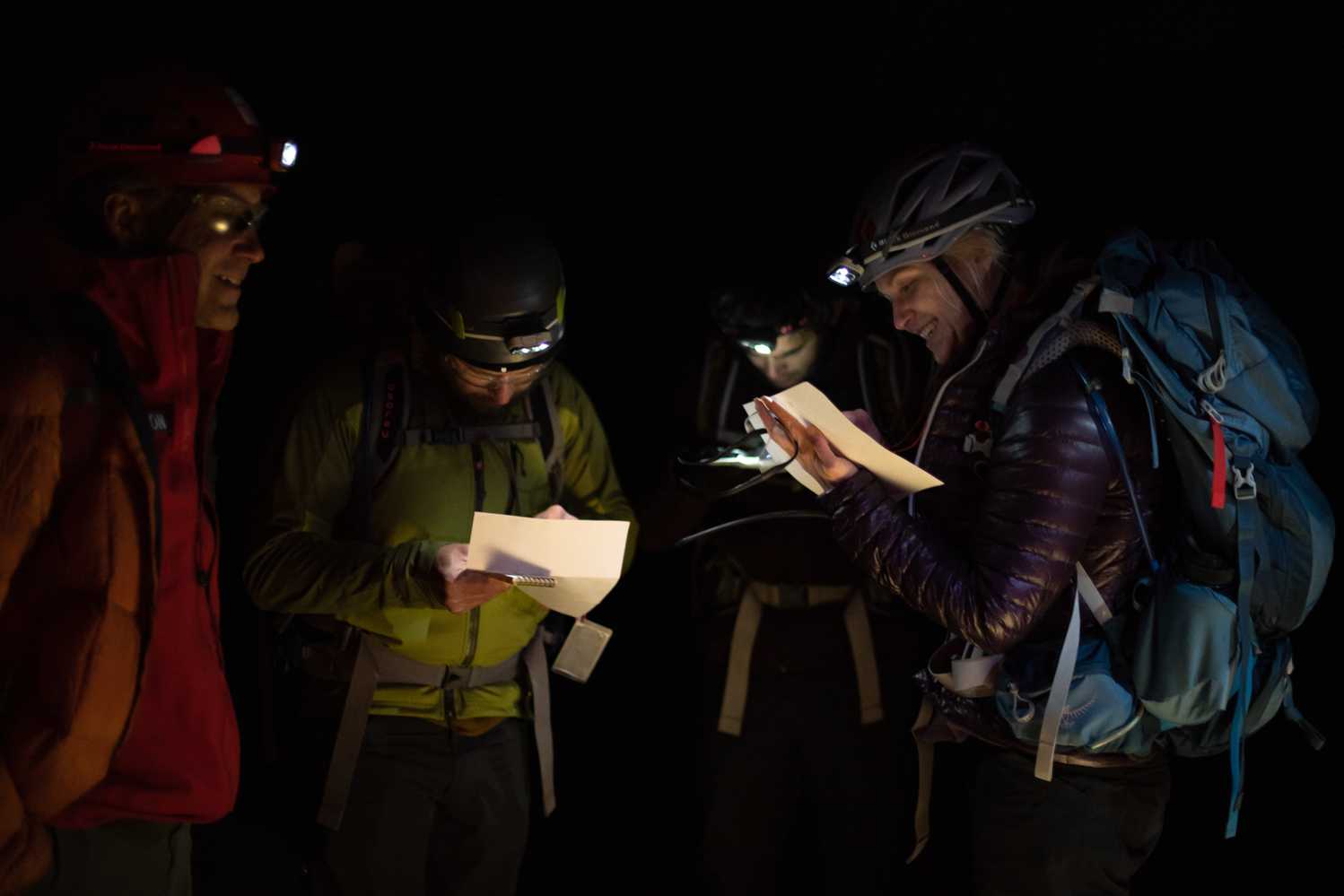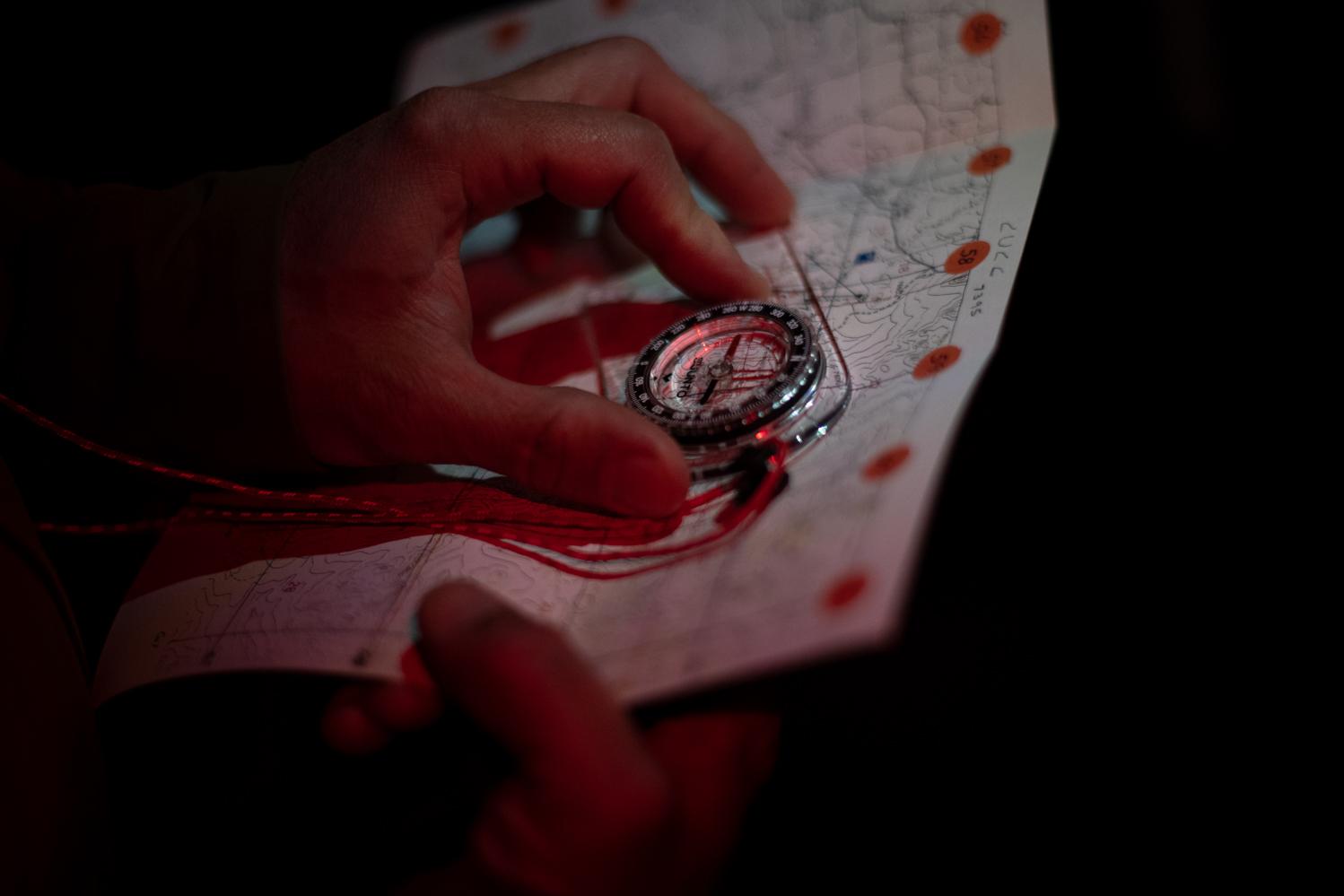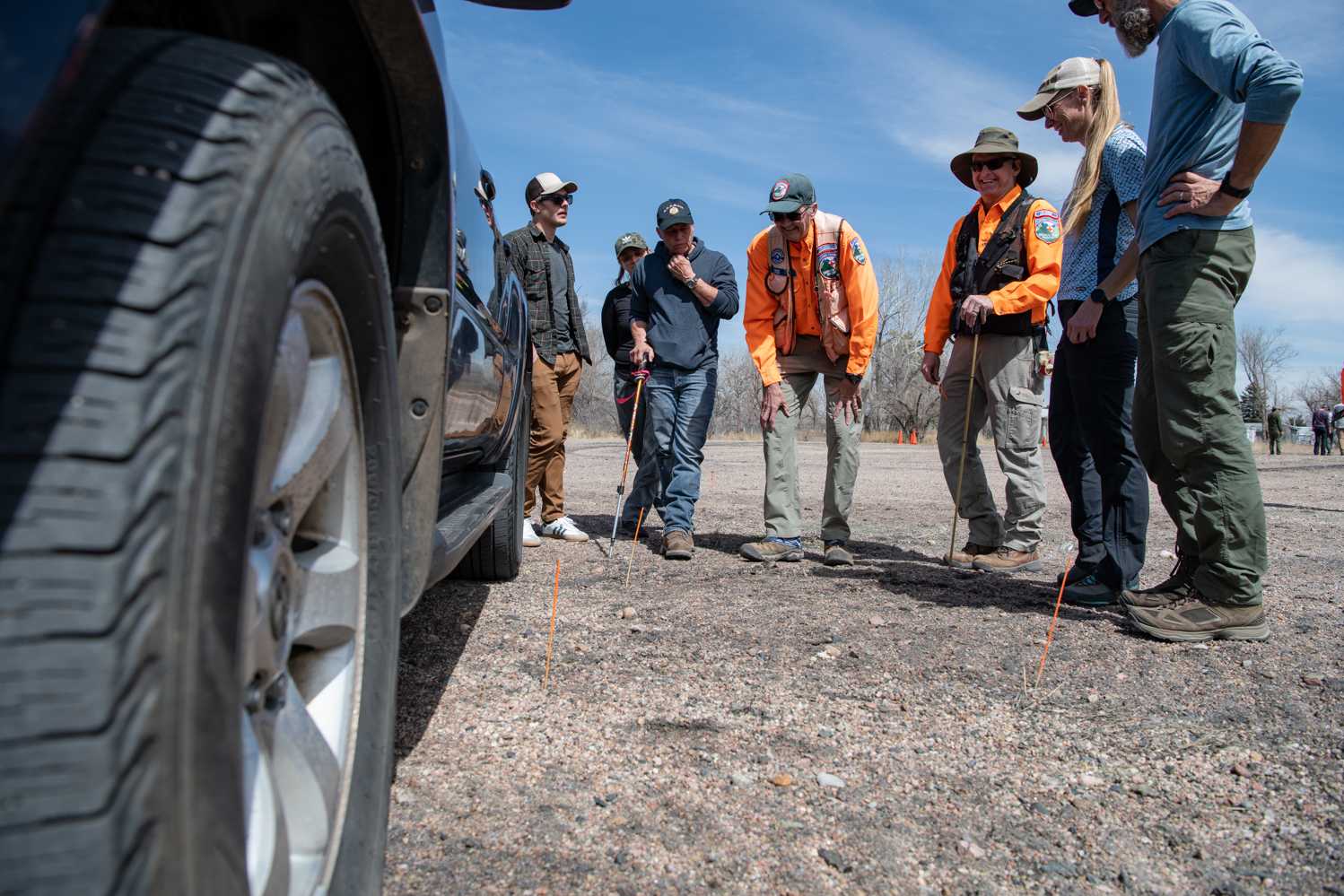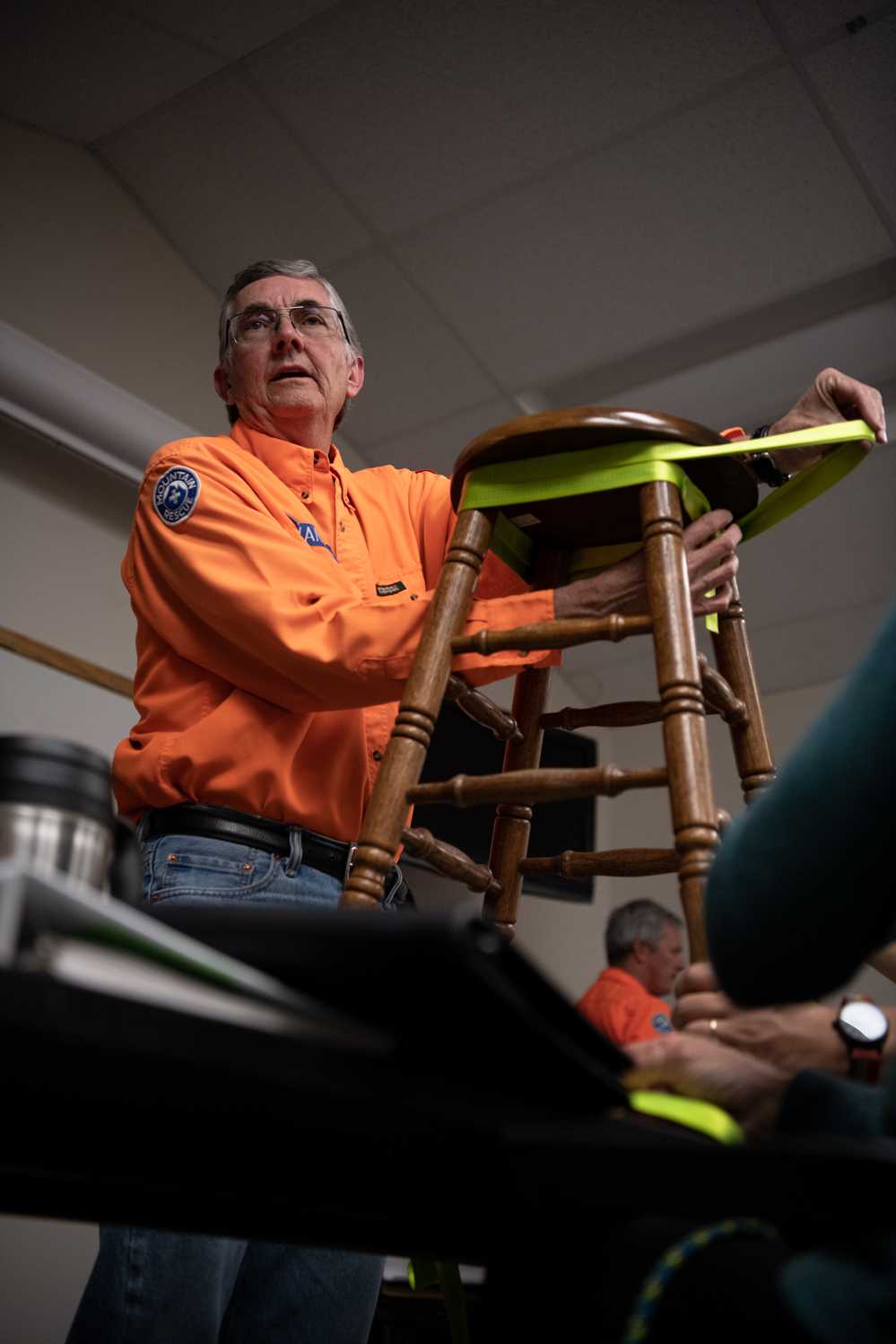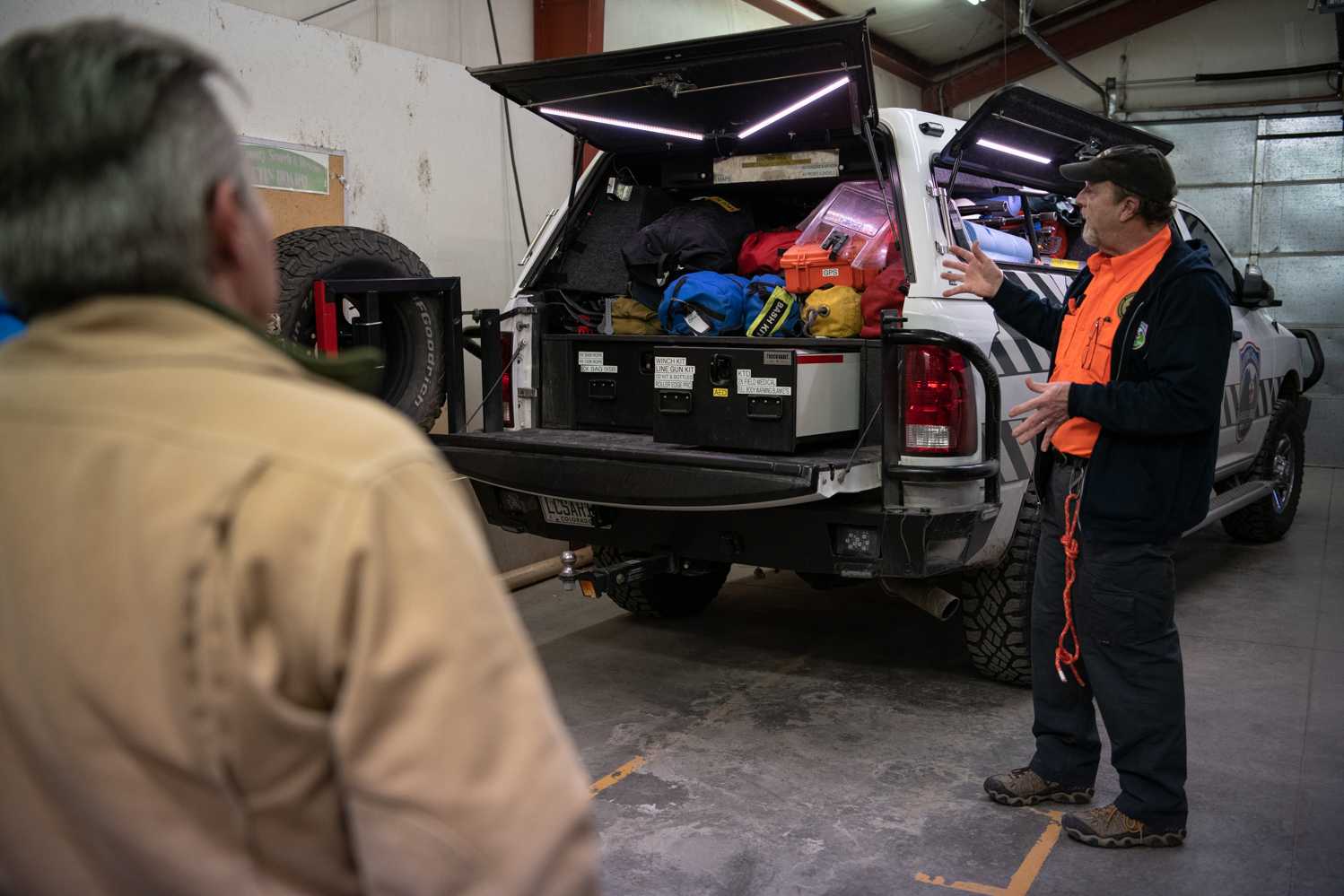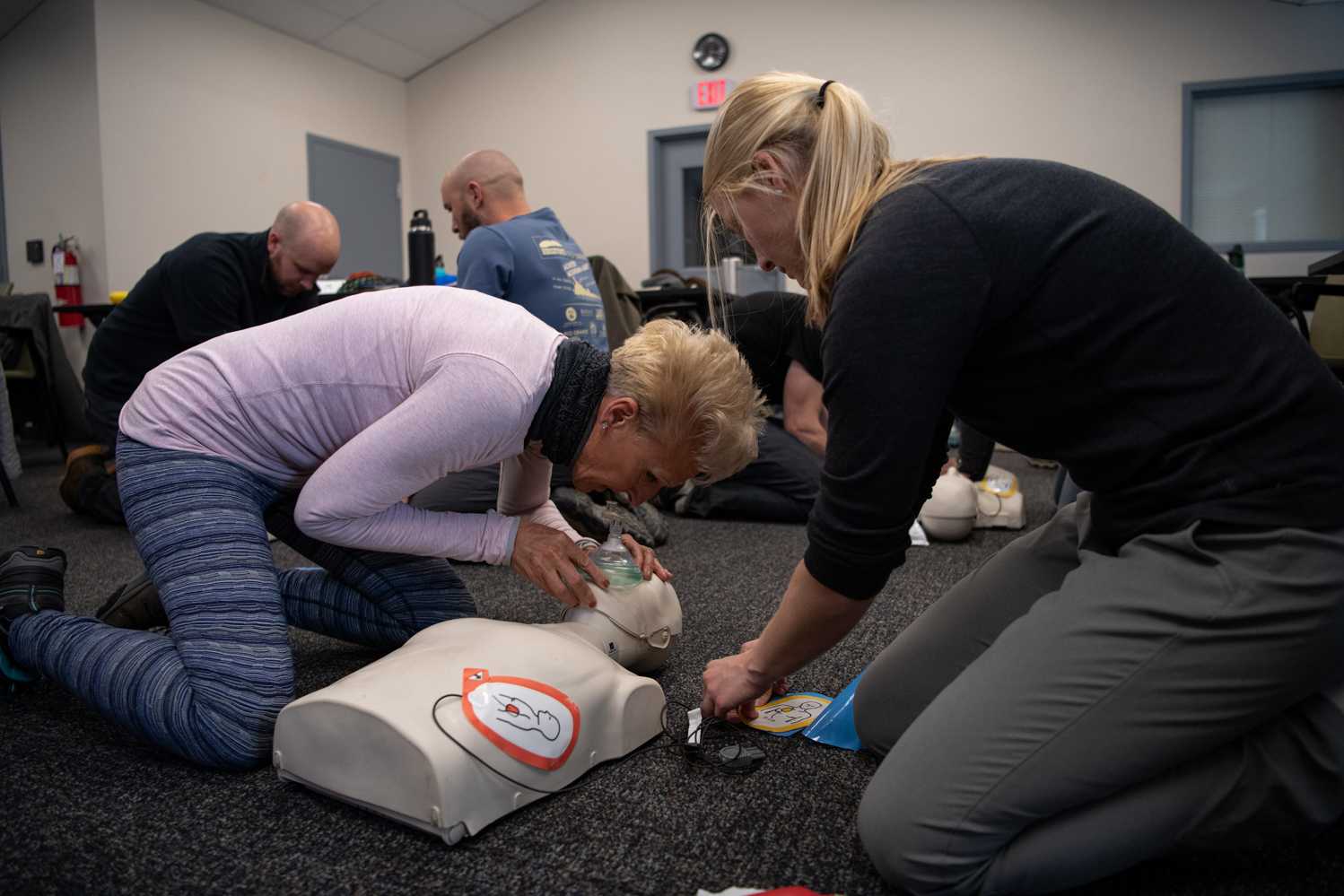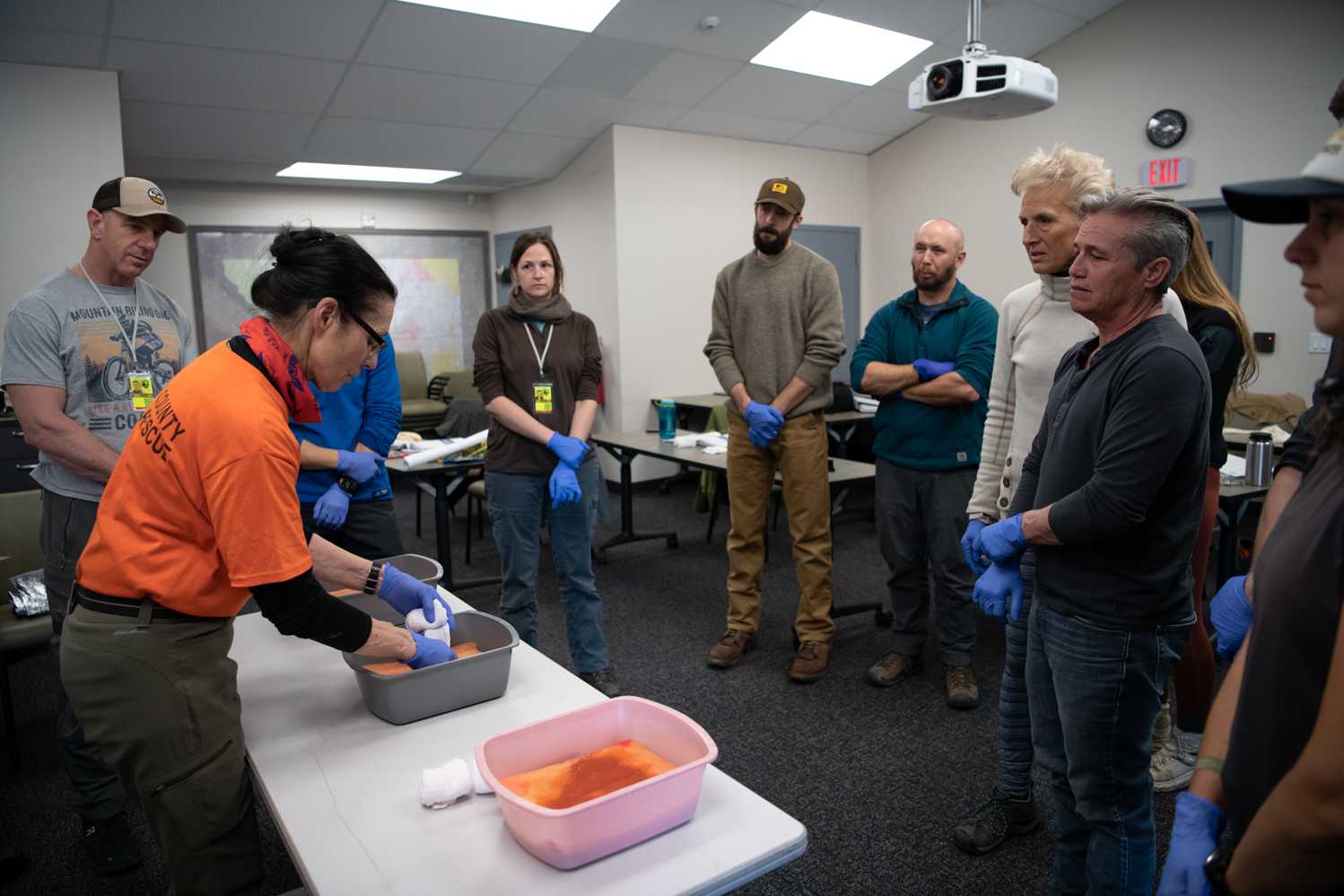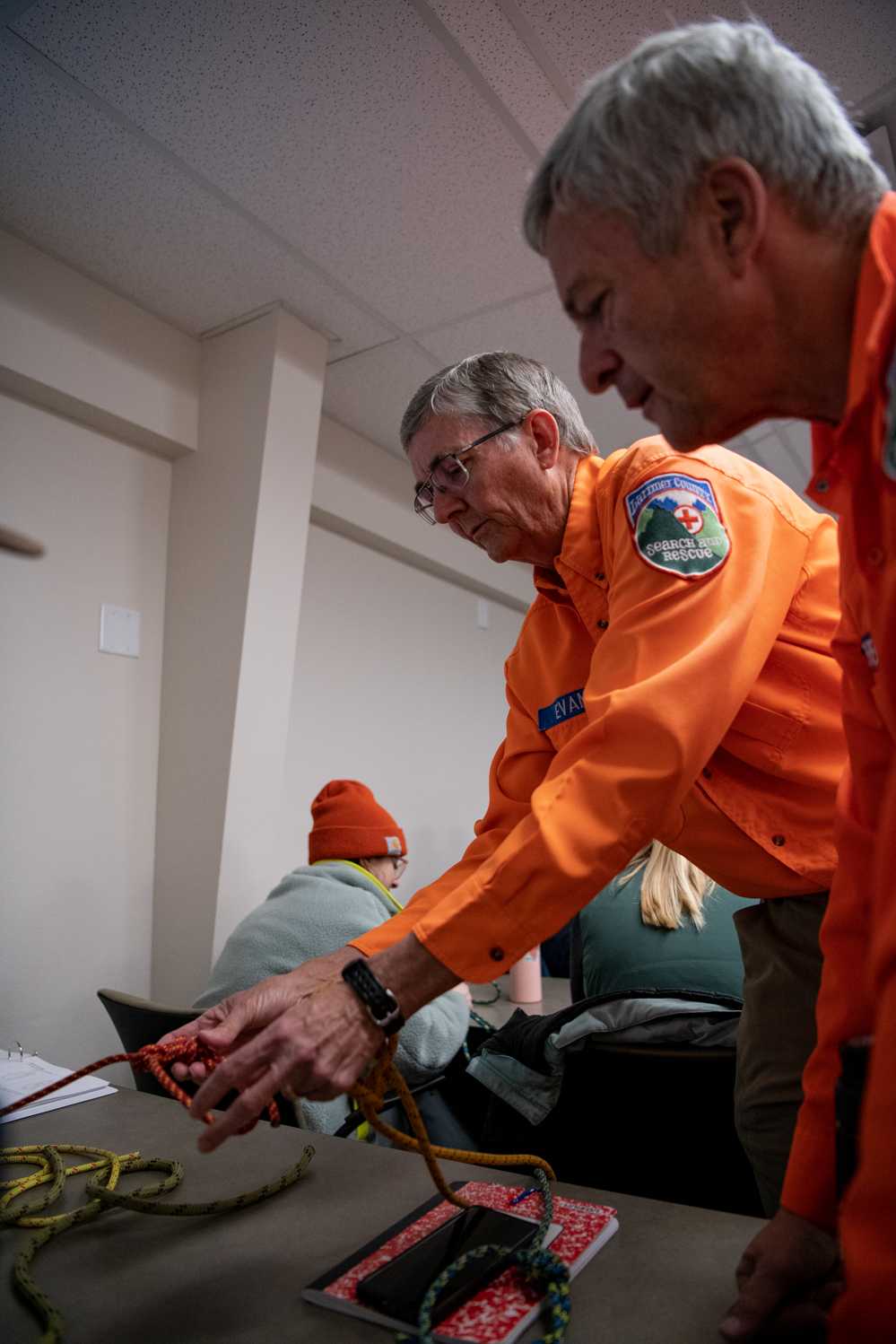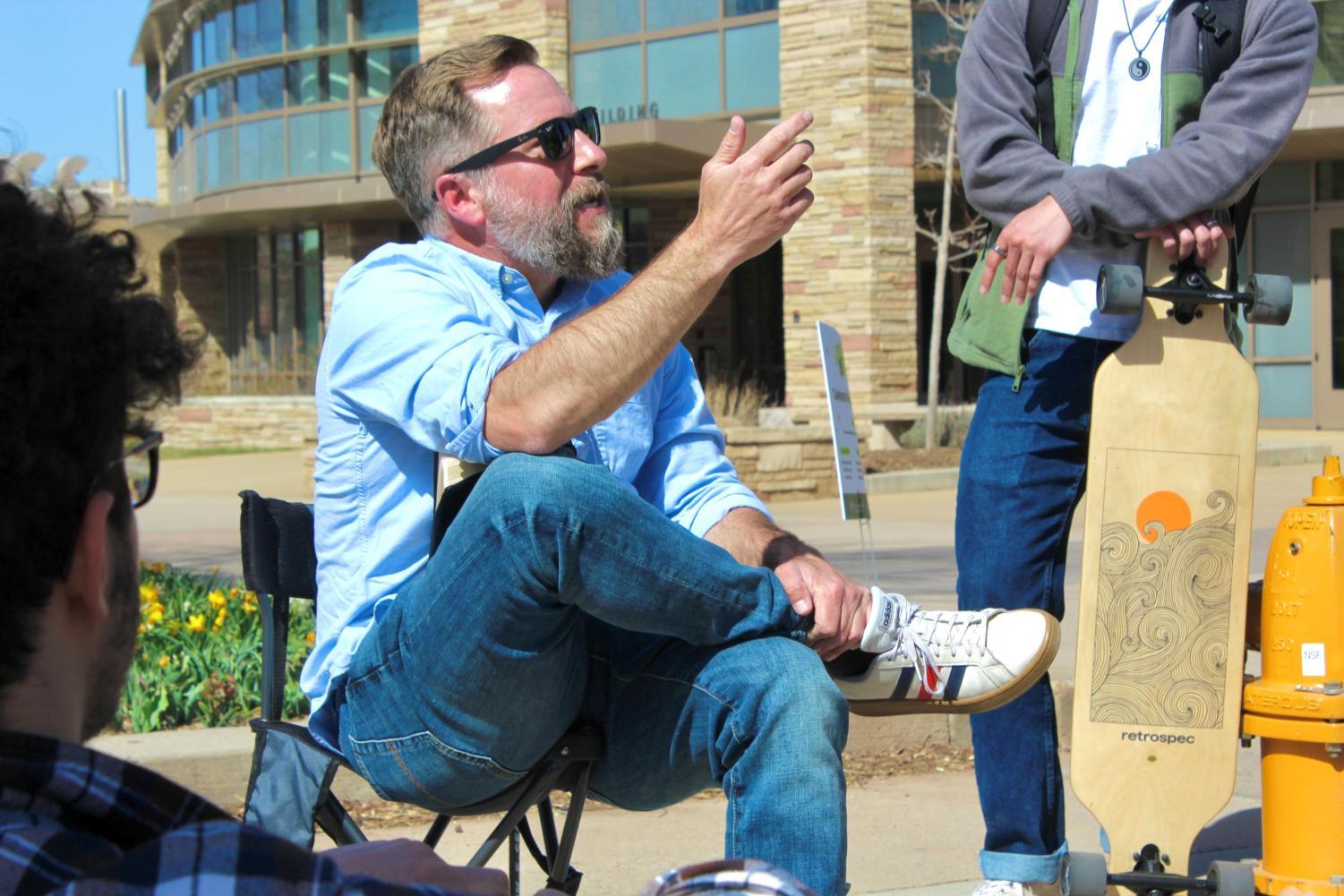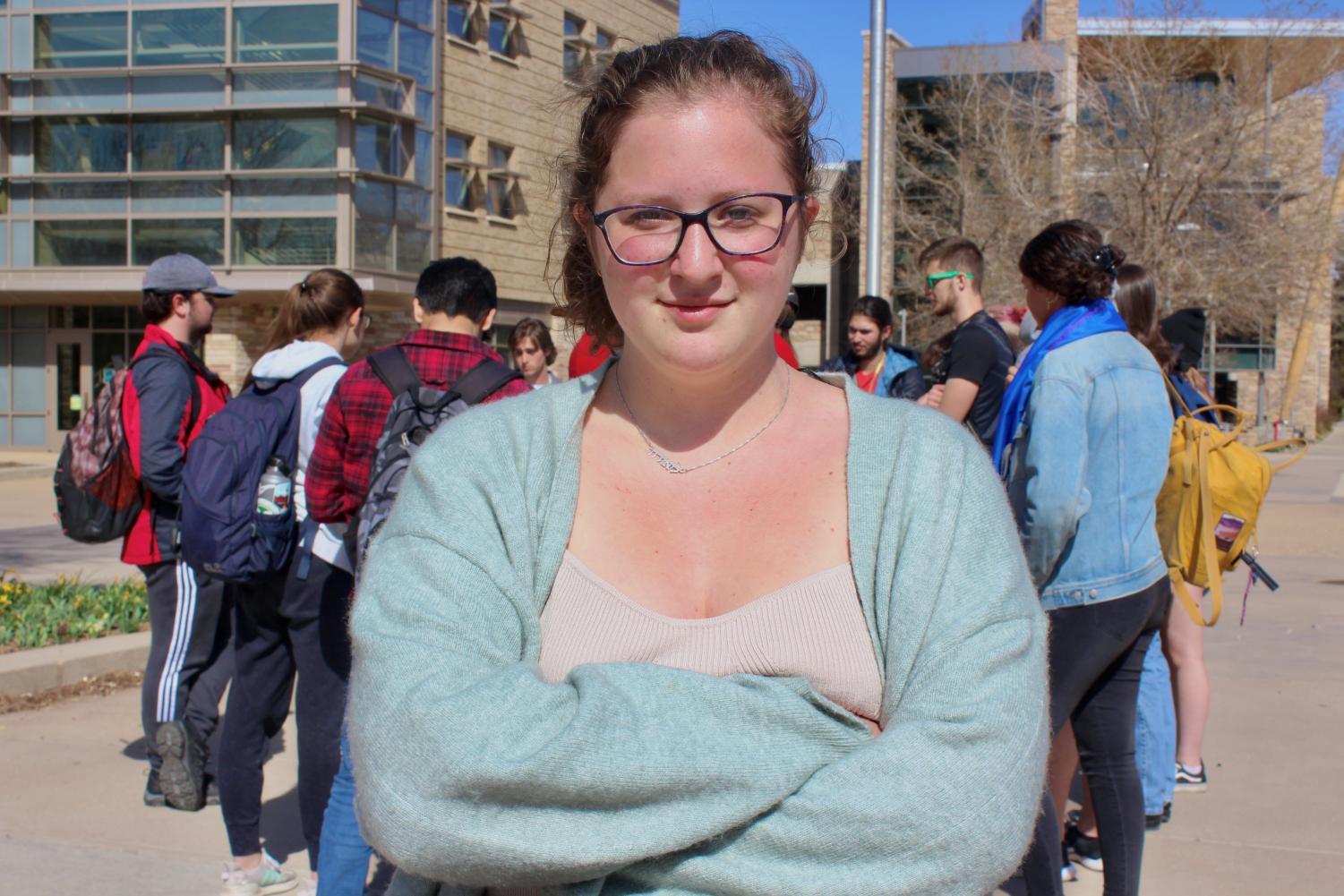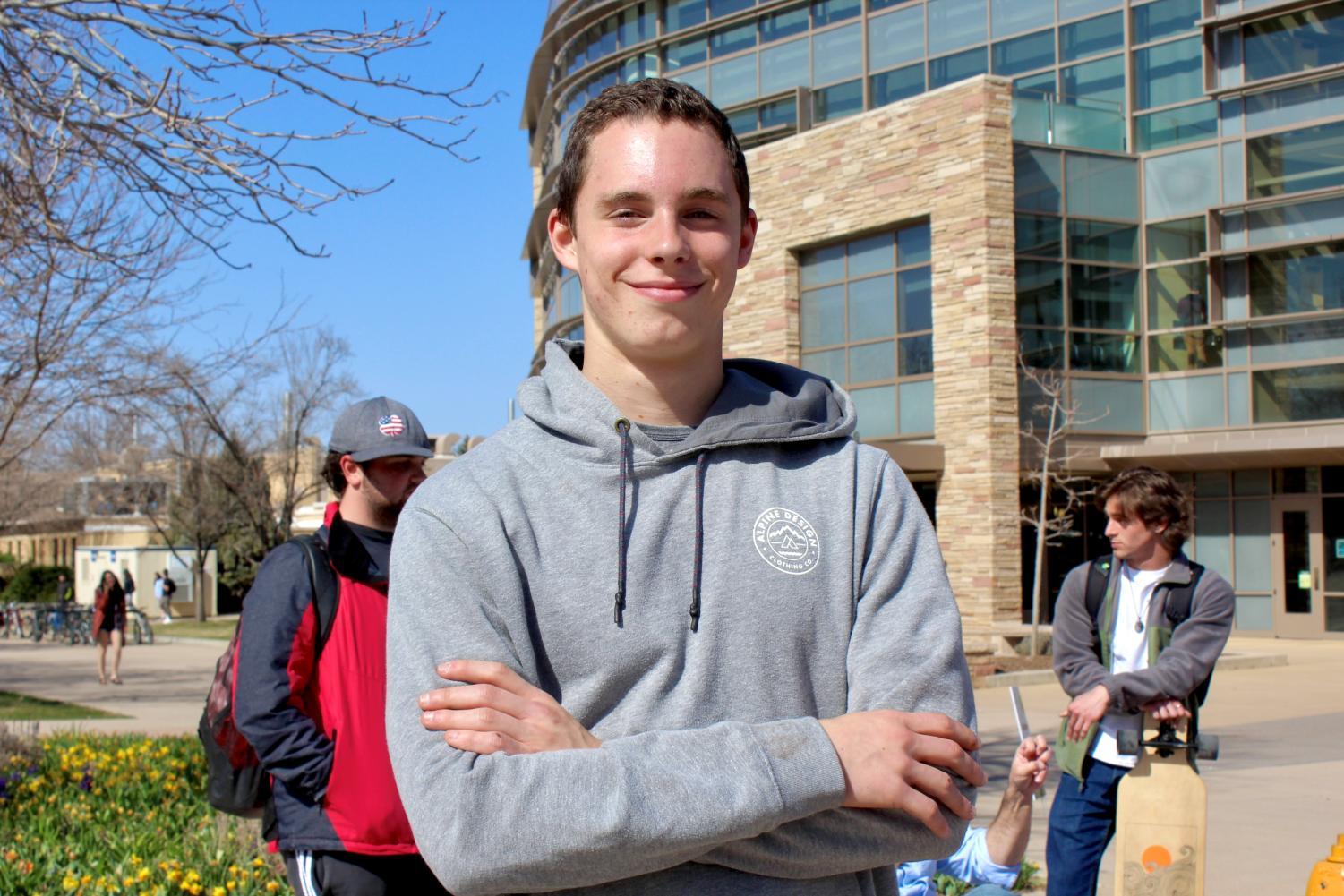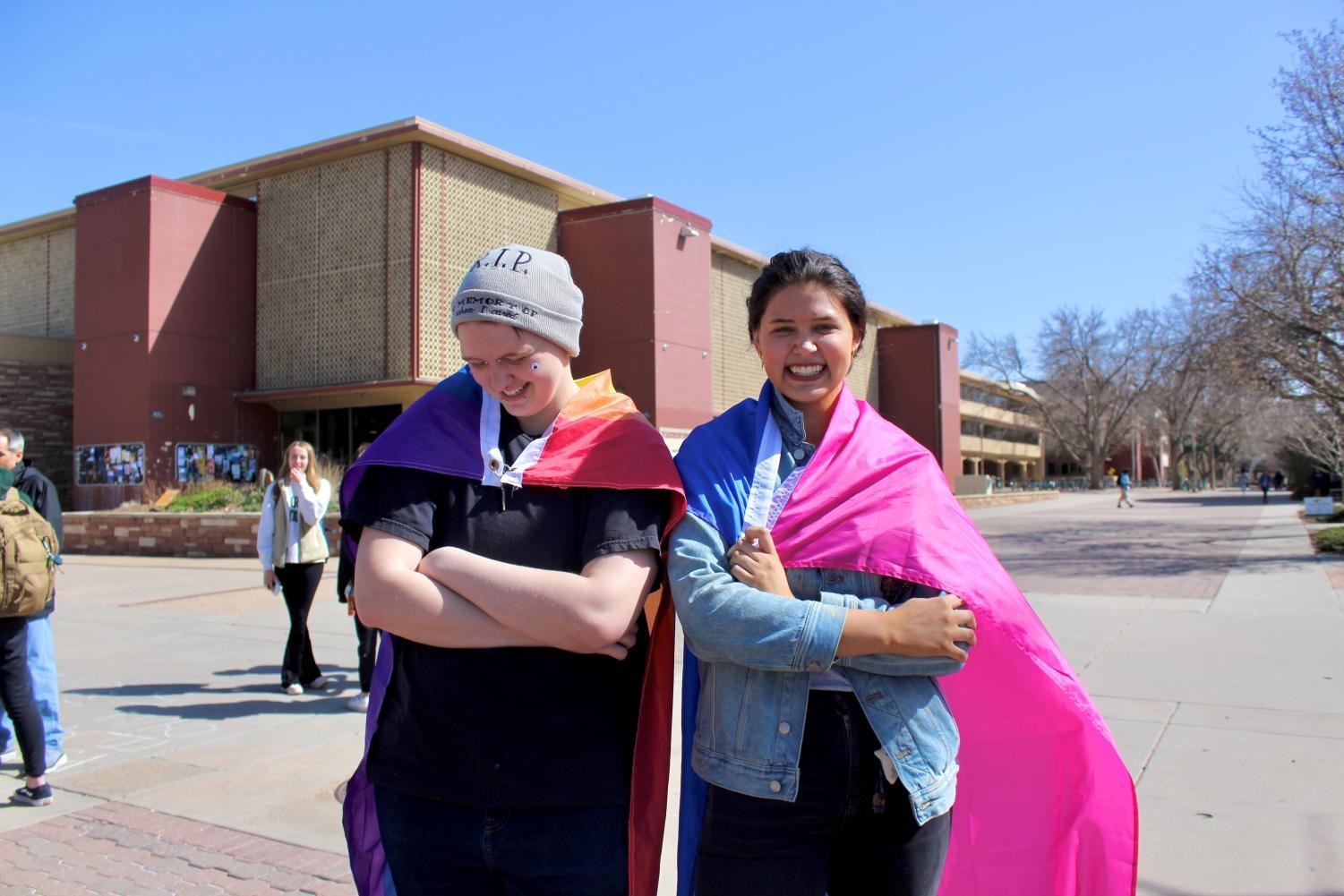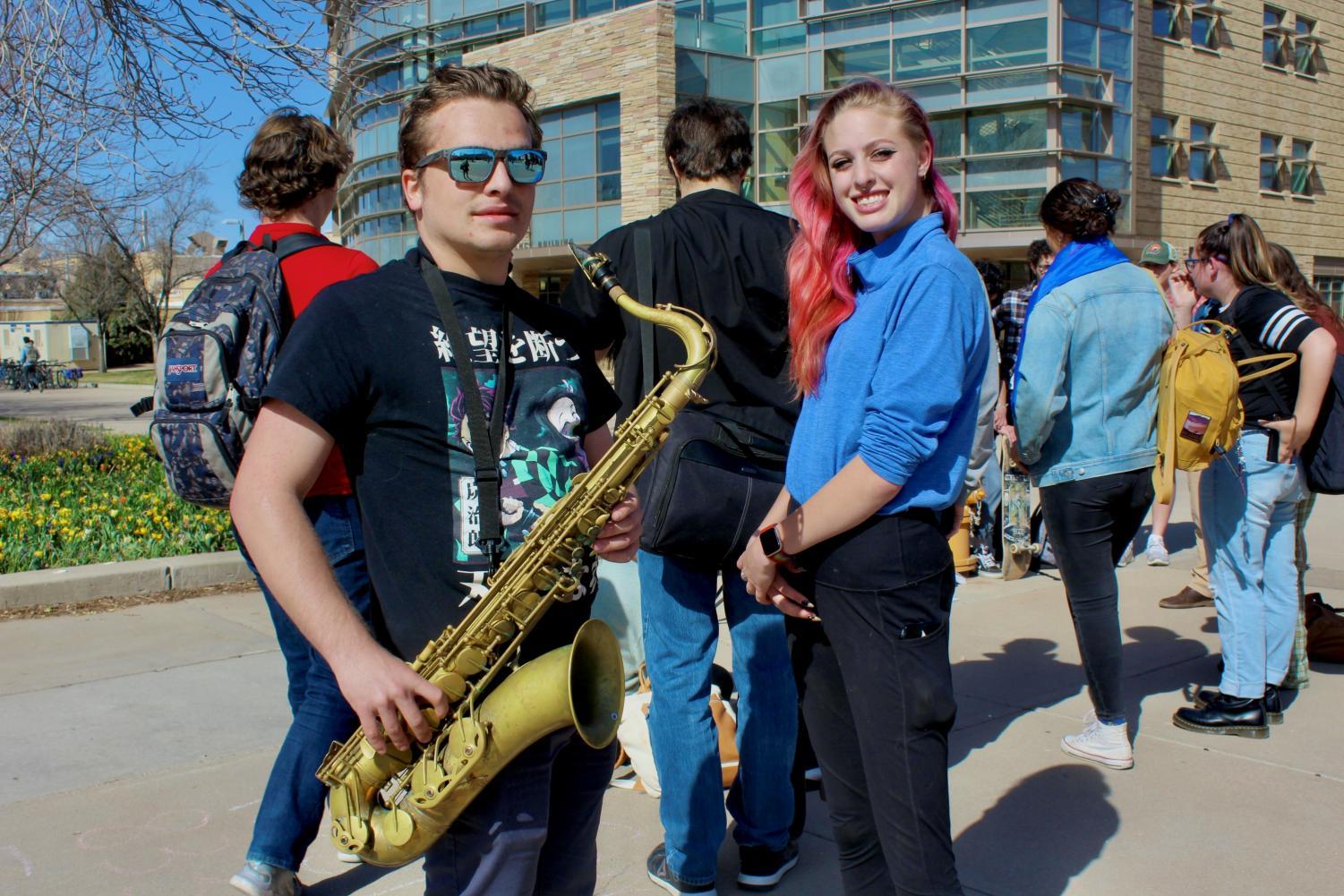The Associated Students of Colorado State University met April 20 for their 26th senate session. ASCSU heard 12 pieces of legislation.
The meeting began with Bill 5118, “Supporting the Bike Security Package,” which seeks $14,062.50 from the Senate Discretionary Fund to support funding of the bike security proposal, which would provide free U-locks for students and a camera outside the Academic Village Engineering building.
Kevin Clark, ASCSU parliamentarian, presented changes made by the Budgetary Affairs Committee. The Budgetary Affairs Committee added a sunset clause for May 31, 2023. Ariadne Athey, chair of the Internal Affairs Committee, presented changes made by the IAC. The bill passed.
ASCSU then heard Lex 5102, “Constitutional Amendment in the Absence of a Senate Officer,” which adds specific guidelines to the ASCSU constitution for the elections of senate officers if there is an abdication. According to the lex, elections shall be held within three regularly held senate sessions after the abdication of the previous holder of the position.
Some senators raised concerns during the debate about this lex.
“I have concerns about setting a limit for when elections need to be because it can easily end up limiting the time too much and therefore preventing people from outside of our organization from joining,” Athey said. “Which is going to eliminate the (Student Diversity Programs and Services) offices and make this space go back to a very privileged organization.”
Robert Long, president-elect and co-author of the lex, spoke about the importance of setting a precedent for these types of elections in the constitution.
“I feel like four years down the road, when none of us are here, it’s important to set that precedent,” Long said.
The lex passed.
Lex 5103, “Ensuring Adherence to Section 207 Sub-section E of ASCSU Constitution and the Amendment of the Same,” would add a clause to section 207, subsection V of the constitution that states that if the senate bylaws aren’t passed in the senate’s first session of the fall semester, the senate will operate under the previous bylaws. The lex will be sent to the University Affairs Committee.
ASCSU moved on to new legislation, beginning with Bill 5120, “Establishing the Constitution Caucus and the Adoption of its Bylaws.” Because there was only a 6.17% voter turnout for the ASCSU elections this year, all the constitutional amendments made by the 51st senate will be nullified once the 52nd senate begins.
The bill aims to create a constitution caucus that would create a lex including all constitutional amendments made by the 50th and 51st senates to present at the first session of the 52nd senate. The caucus would then work on writing new amendments to the ASCSU constitution. The bill passed.
ASCSU heard Bill 5121, “Request to use (Board for Student Organization Funding) General Fund to Fund the Computer Science Building Water Fountains.” This bill seeks to move $16,000 from the BSOF budget to the senate general fund to fund the Facilities Management Computer Science Student Lounge and Hallways Remodel project. The bill passed.
ASCSU also heard Bill 5122, “The Legacy Act: Establishing a CSU Coordinator for Immigrant Services and Programs,” which seeks $126,720 to fund two years of salary, as well as benefits, for a coordinator for Immigrant Services and Programs position in the CSU Office of Inclusive Excellence. The bill passed.
ASCSU then heard Resolution 5110, “Supporting Students in Break Housing.” This resolution states eligible students will be able to use the Rams Against Hunger meal swipe program during the fall, winter and spring breaks. The resolution passed.
Bill 5124, “Funding for SDPS Offices,” seeks $2,000 each in funding for the seven Student Diversity Programs and Services offices for a total of $14,000. The funding would help pay for events and office improvements. The bill will be sent to the Budgetary Affairs Committee and University Affairs Committee.
Long and Elijah Sandoval, vice president-elect, presented Bill 5125, “Approval of the 2022-2023 Executive Job Descriptions,” which seeks to approve ASCSU’s executive job descriptions for the upcoming school year. Bill 5126, “Changes to the Elections Manager Job Descriptions,” was also heard. The bills will be sent to the Budgetary Affairs Committee, Internal Affairs Committee and University Affairs Committee.
Bill 5127, “Support for Vehicle Purchase: Revamping Transportation Services for CSU’s Disabled Community,” seeks $50,000 for a vehicle to serve CSU’s disabled community. The bill will be sent to the Budgetary Affairs Committee and University Affairs Committee.
The last piece of legislation ASCSU heard was Bill 5128, “Approval of the 2022-2023 ASCSU Budget.” The bill will be sent to the Budgetary Affairs Committee, Internal Affairs Committee and University Affairs Committee.
Reach Piper Russell at news@collegian.com or on Twitter @PiperRussell10.



